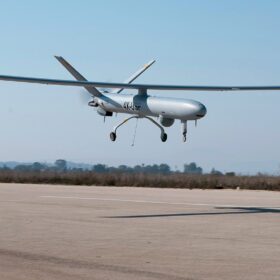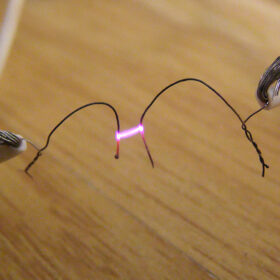TSUN releases new series of microinverters
Chinese manufacturer TSUN says its Titan series of microinverters can handle 15 A of continuous input DC current. They also feature a 97.2% efficiency and four maximum power point tracking (MPPT) channels.
Robotic measurement system assesses new materials for solar cells
Researchers in Japan have developed an automated system to perform photoabsorption and photoluminescence spectroscopy, optical microscopy, and white-light flash time-resolved microwave conductivity tests.
New anti-reflective coating for silicon solar cells
Developed by an international research group, the novel anti-reflective coating is based on silicon dioxide and zirconium dioxide. It reportedly minimizes a solar cell’s reflection loss, while enhancing its light absorption properties.
SolaX Power releases new residential batteries
China’s SolaX Power has developed two lines of integrated energy storage systems that reportedly support up to 200% PV oversizing. Their rated output power ranges from 3 kW to 15 kW.
Photovoltaics for wastewater disinfection
Researchers in Spain have developed a new system that simultaneously produces PV power and disinfects wastewater.
Behavioral perspectives on adoption of residential PV systems
Scientists in China have used computer simulations to gain a better understanding of the factors that influence the adoption of residential PV.
Photovoltaics for unmanned aerial vehicles
An international research team has identified parameters to integrate PV cells into unmanned aerial vehicles (UAVs).
New research shows impact of dust on PV module temperature, performance
New research from Pakistan shows that dust could reduce PV panel performance through the shielding effect and the “dust-temperature” phenomenon. The scientists tested two PV systems in different parts of the country.
Cloud fraction nowcasting method for PV applications
Researchers in China have developed a novel way to predict the cloud coverage of PV plants. The method uses geostationary satellite and recurrent-neural networks.
AI tech for DC arc detection in PV systems
Scientists from China have developed a novel system that can detect DC arcs in PV installations through a back-propagation neural network. The novel technique reportedly ensures a detection time of less than 200 ms.










